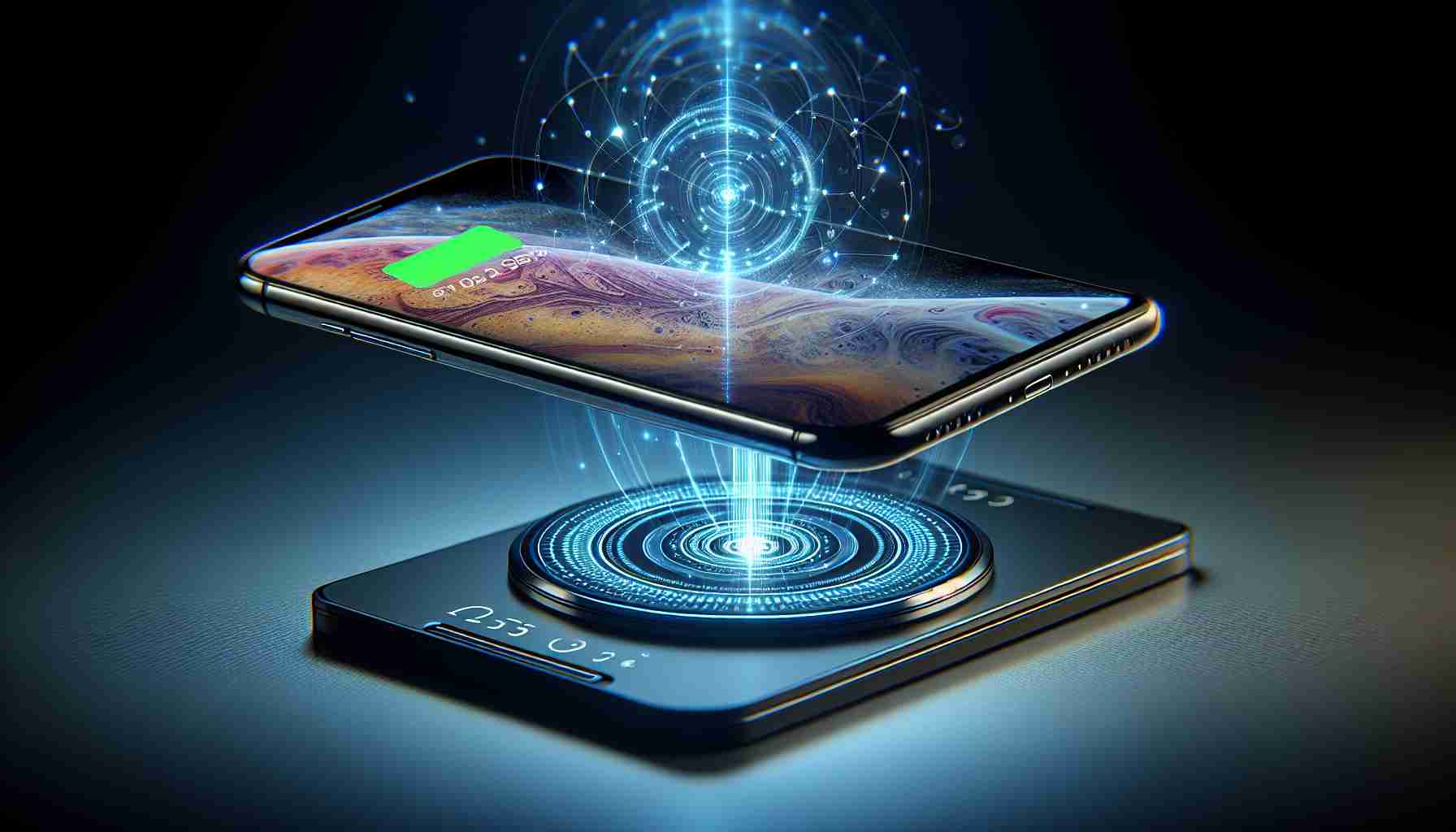Unveiling Infinix’s Latest Smartphone Bundle
Smartphone enthusiasts can now revel in the latest offering from Infinix—the Note 40 series, encompassing two closely matched siblings, the Note 40 and the Note 40 Pro. Alongside the sophisticated device, the package arrives with a 45W power brick, a USB Type-C cable, a protective case, a SIM tray ejector pin, and a user manual, ensuring users have everything they need straight out of the box.
Infinix Note 40 Series Specification Highlights
These handsets exhibit an air of quality workmanship with their plastic and glass compositions, evoking a solid yet elegant feel. The Infinix Note 40 boasts a 6.78-inch AMOLED display, delivering crisp visuals at a refresh rate of 120Hz. Underneath, both models run on the Google Android 14.0 operating system, powered by a Mediatek Helio G99 Ultimate chipset and featuring ample storage capacities.
Connectivity and Sensory Perceptions
From Wi-Fi 6 and Bluetooth 5.1 to a multitude of sensors—including an in-display fingerprint reader—the devices cater to modern connectivity and user interaction needs. Notably, the Pro model adds the convenience of an IR port for controlling home appliances.
Camera Capabilities and Battery Longevity
Photography is a delight with the 108 MP main camera supported by a suite of secondary sensors for varied shooting modes. Both models offer substantial battery capacities of 5000 mAh, complemented by fast charging. Interestingly, what sets them apart in their market segment is the capability for magnetic wireless charging—a luxury normally reserved for pricier models.
Design Distinction and User Experience
Regarding aesthetics, the series comes in shades of gold and black, with subtle differences like an RGB light indicator on the back panel of the gold variant. While the Note 40 Pro sports a contemporary curved screen, its counterpart opts for a flat panel design. Despite the plastic-back variant’s allure, some may find the texture less premium than the eco-leather finish of the older models, highlighting the uniqueness of Infinix’s approach to design within the series.
Display and Ergonomics
The rectangular, sharp-edged body of the Note 40 provides a distinct hand-feel, differentiating itself from the Pro version. Management controls are intuitively designed with side buttons for power and volume, along with strategically placed speakers and ports.
Despite the lack of an IP-rated waterproof design, the Note 40 series still manages to maintain a degree of durability expected from mid-range smartphones. The AMOLED display’s performance under direct sunlight is commendable, with an adaptive brightness setting and high refresh rate for a smooth, user-customizable experience.
These Infinix models stand out as affordable options that do not skimp on high-end features such as wireless charging—a true testament to the brand’s commitment to innovation within accessible pricing tiers.
Wireless Charging: A Game-Changer for the Infinix Note 40 Series
The Infinix Note 40 series brings an innovative feature to the mid-range market segment: magnetic wireless charging. This technology is typically associated with high-end smartphones, making its inclusion in the Note 40 series a notable advancement. Wireless charging enhancement allows for more convenience and a clutter-free charging experience, as it does away with the need for plugging in cables.
Relevant Questions and Answers
1. What is the significance of wireless charging in smartphones?
Wireless charging offers greater convenience by eliminating the need for cables. It is also seen as a step towards a more universal charging solution that could potentially reduce electronic waste.
2. How does the inclusion of wireless charging affect the cost of the Note 40 series?
Including wireless charging technology can potentially increase the cost of a device due to the additional hardware required. However, Infinix has managed to incorporate this feature while maintaining an affordable price point.
3. What are the limitations of wireless charging?
Wireless charging typically charges a device slower than wired charging and can generate excess heat. It also requires the device to be placed on a charging pad, which means it cannot be used as freely while charging.
Key Challenges and Controversies
Implementing wireless charging can present challenges such as ensuring compatibility with various charging standards and wireless charging pads. Despite these hurdles, Infinix has managed to introduce the feature, which could set a precedent in the affordable smartphone category. Additionally, controversies may arise over the efficiency of wireless charging and its environmental impact, given the energy loss during transmission.
Advantages and Disadvantages
Wireless charging provides the advantage of increased convenience and the potential to reduce cable clutter. It is a step towards creating a universal charging standard. However, disadvantages include slower charging speeds compared to wired methods, possible overheating, and needing to keep the phone stationary during charging.
Related Links
For additional information on Infinix and its products, you can visit the company’s official website: Infinix.
Please note that the URLs provided in this response are subject to change or be taken down by the domain owner and that I can only ensure their validity as of my knowledge cutoff date.
The source of the article is from the blog maltemoney.com.br
